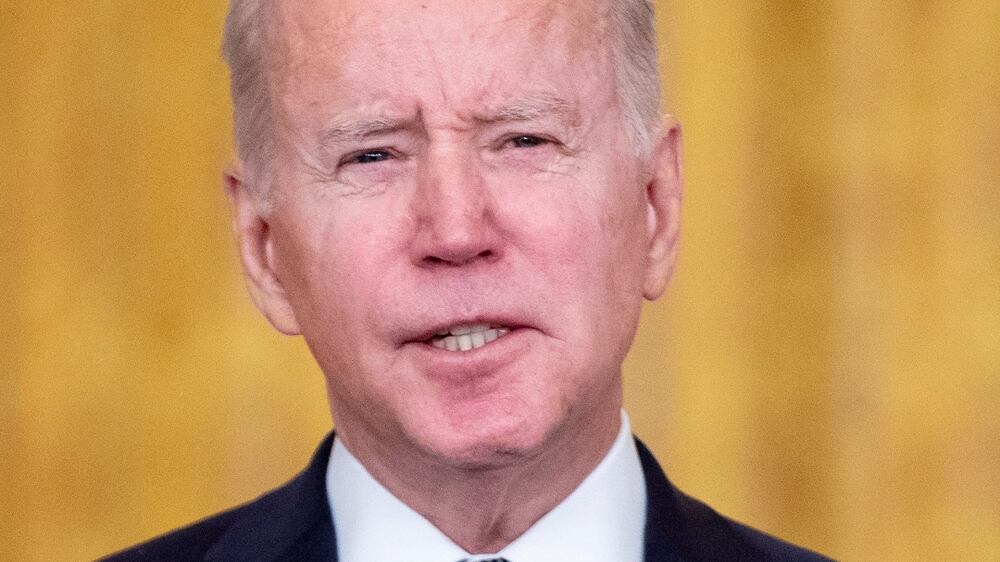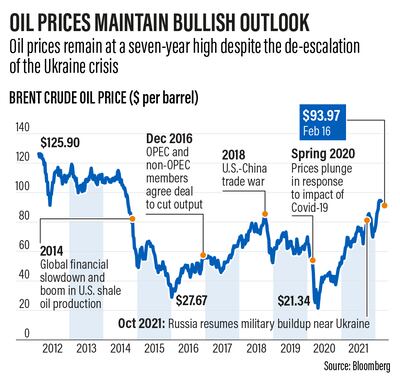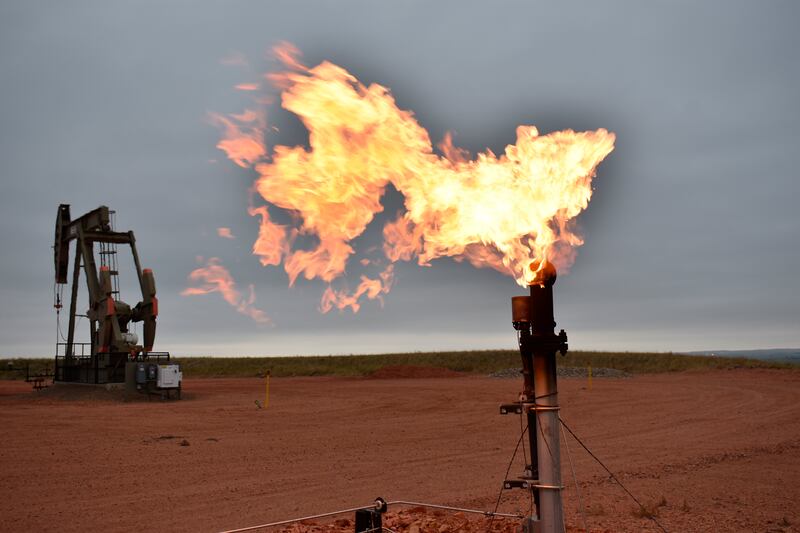Oil prices eased slightly early on Wednesday amid a de-escalation of geopolitical tension in eastern Europe but analysts said the decline is “short-lived”, with the bullish outlook expected to remain.
Brent, the global benchmark for two thirds of the world's oil, was down 0.23 per cent at $93.07 a barrel at 7.46am UAE time. It recovered to $93.43 a barrel by 9.58am.
West Texas Intermediate, the gauge that tracks US crude, was trading 0.08 per cent lower at $92 a barrel at 7.46am and rose to $92.23 a barrel by 9.58am.
“In a classic knee-jerk reaction, oil markets are losing ground on news of a Russian de-escalation on the Ukrainian border,” Rystad Energy’s senior vice president Claudio Galimberti said.
“Russia’s claim of partially withdrawing troops from the Ukrainian border has slightly loosened the stranglehold the tensions have over the market but the threat to supply persists, especially considering Russia will continue large-scale military manoeuvres in the region.”
On Tuesday, German Chancellor Olaf Scholz met President Vladimir Putin in Moscow while western allies reacted cautiously to a Russian statement that it was beginning to pull back troops.
US President Joe Biden said that a Russian attack on Ukraine remains “distinctly possible”.
Biden: Russian invasion of Ukraine remains 'distinctly possible'

Oil prices have rallied to their highest since 2014 on tighter supply, higher demand and production constraints. Some analysts expect prices to reach and possibly surpass $100 a barrel this year.
“The Ukraine situation still remains tense and oil prices could swing $10 in either direction. The oil market remains very tight and, regardless of the Ukraine situation, crude prices are still on course for a move towards $100 a barrel,” said Edward Moya, a senior market analyst at Oanda.
The current supply and demand fundamentals are “fully compatible” with Brent pricing close to $100 a barrel, and any supply disruption or demand surprise could push the benchmark past that landmark threshold, according to Oslo-based Rystad Energy.
JP Morgan, the largest lender in the US, predicts Brent will “overshoot” to $125 a barrel this year and $150 in 2023 due to underinvestment in the oil and gas sector. Goldman Sachs expects oil to rally to $100 a barrel by the third quarter of this year.

The International Energy Agency expects oil demand to rise by 3.2 million barrels per day this year to 100.6 million bpd as global economies recover from the pandemic.
OECD commercial crude and liquid stocks have declined over the past 18 months and now sit at their lowest levels since November 2014.
Brent backwardation, where prices for immediate delivery are higher than those for future supply, is also at the highest level in a decade, signalling a potential additional tightening in oil supply soon.
“The supply side of the equation remains highly uncertain, with Opec+ inability and unwillingness to close the current gap with demand and some of the Russian crude exports being potentially at risk in case of a conflict with Ukraine,” Mr Galimberti said.
“US light tight oil production continues to increase but the pace is insufficient to compensate for Opec and Russian shortfalls.”
The 23-member bloc’s “prolonged underperformance” has effectively taken 300 million barrels, or 800,000 barrels per day, off the market since the start of 2021, the IEA said last week.
Opec+ plans to add 400,000 bpd to the market from March.
“Russian de-escalation notwithstanding, the fundamental signals for the global oil market remain overwhelmingly bullish,” Mr Galimberti said.







